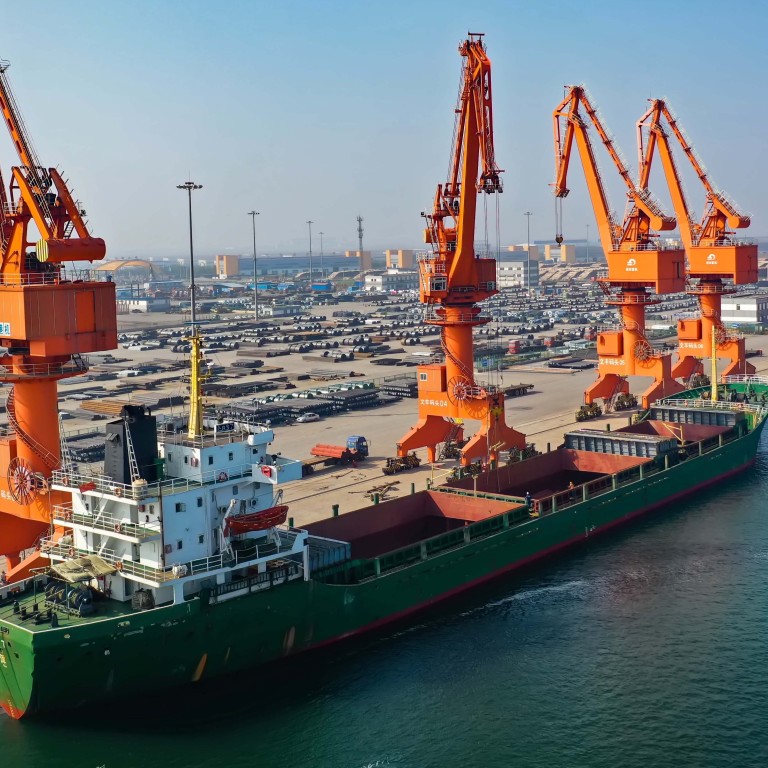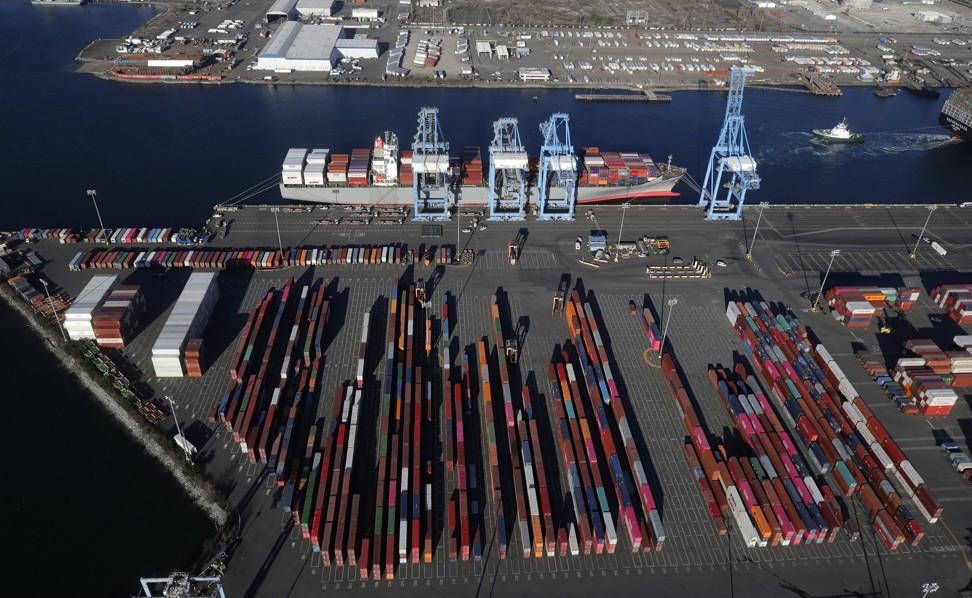
Trade war: China watchers gear up for ‘noisy ceasefire’ despite completion of phase one deal with US
- US-China trade war phase one deal largely welcomed, but businesses and former trade officials wary of getting carried away
- Geopolitical issues provide ample potential for deal to get interrupted, while text needs to be translated, legally scrubbed and proofread, state media said
It was after midnight, Washington time, when a message came through from a former US official, reading: “Hell of a day! It must have been Friday the 13th!”
However, Gibbs and many others who have followed the US-China trade war for nearly a year and a half, had one question in the cold light of day on Monday: what next?
“A deal like this needs teeth, and it will be several months before we know whether China’s commitments are workable or substantive. The agreement looks promising. Now let's see if it really is.”
Gibbs’ comments are consistent with how the deal is being viewed among international businesspeople and trade lawyers in China and Hong Kong. After prolonged and at times messy negotiations which have played out in the public eye more than most, people do not wish to get carried away, especially since the deal has yet to be signed.
“As a former negotiator, I’d always be leery about announcing any agreement unless all the ‘i’s have been dotted and all the ‘t’s crossed,” said Stephen Olson, a senior fellow at Hong Kong’s Hinrich Foundation and former US trade official.
The agreed text will now go for legal scrubbing, a standard process whereby lawyers sit down with the final negotiated text to make sure everything is in order. According to official Chinese state media Xinhua, it also needs to go through “translation and proofreading”. Combined, this can sometimes be an arduous process, where the nuance of language and translation can often be problematic.
“Often in the final parts of negotiating especially, sections or paragraphs are added or deleted from the text. Things get missed, like commas, that can make a fundamental difference to the legal interpretation of the document in the long run,” said Deborah Elms, executive director at the Asian Trade Centre.
May’s agreement was broader in scope and was understood to come with a header saying “For discussion purposes only”. The difficulty in getting it over the line was what convinced both sides to pursue a slimmed down interim deal.
It is not expected that the scrubbing in and of itself will be problematic, nor is it generally viewed as a problem that the deal was announced before this process had been completed. But the longer the deal goes unsigned, the greater the chance there is for disruption, especially with multiple issues that could easily upset the apple cart.
You’ll notice the Chinese have been much less precise in confirming what they’ve agreed to.
“You’ll notice the Chinese have been much less precise in confirming what they’ve agreed to. Even if it goes through, the real thorny structural and market access issues around subsidies, cyber, non-financial services have yet to be addressed, meaning that phase two will be more likely than not to quickly return us to a tense environment. Of course, also any number of external geopolitical issues can derail the train, such as Hong Kong, Taiwan, Xinjiang, and the South China Sea,” said a leading official for China in the Obama administration, speaking on background.
Generally, trade advocates would prefer a more substantive deal, but there is also acknowledgement that reopening the negotiations could provide plenty of room for disagreement.
“I would not be surprised if something comes up and this negotiation is not done yet. Wait until it’s signed and if we can see the text,” said one former US trade negotiator, speaking off the record.

Helen Qiao, the chief China economist for the Bank of America, suggested that “a noisy ceasefire period awaits”, with ample space for disruption. “We acknowledge the risk that this ceasefire period does not remain eventless in the run-up to the US presidential election,” she wrote in a note.
For US firms in China, the phase one deal will not move the needle in a material way, according to various business figures interviewed for this story. Indeed, it is of no import to many of them how many tonnes of soybeans China commits to buying, given the volatility the trade war has caused.
“The global trade policy environment remains volatile and uncertain, and businesses will continue to think about how to make their supply chains more flexible and resilient,” said Jon Cowley, a senior international trade lawyer at Baker McKenzie in Hong Kong.

